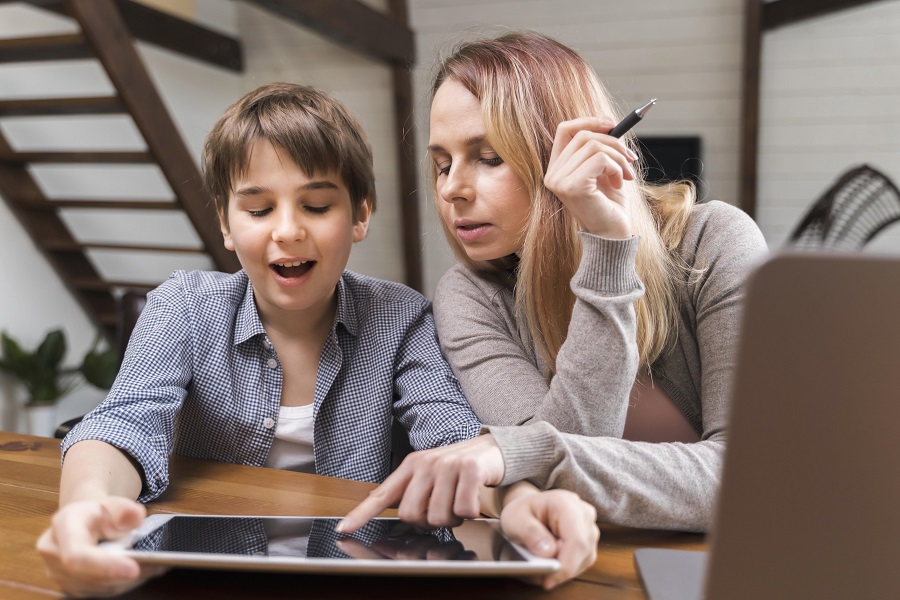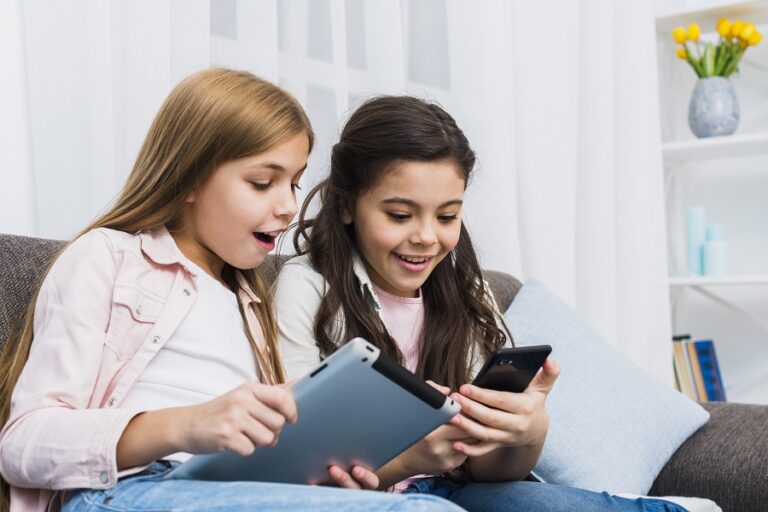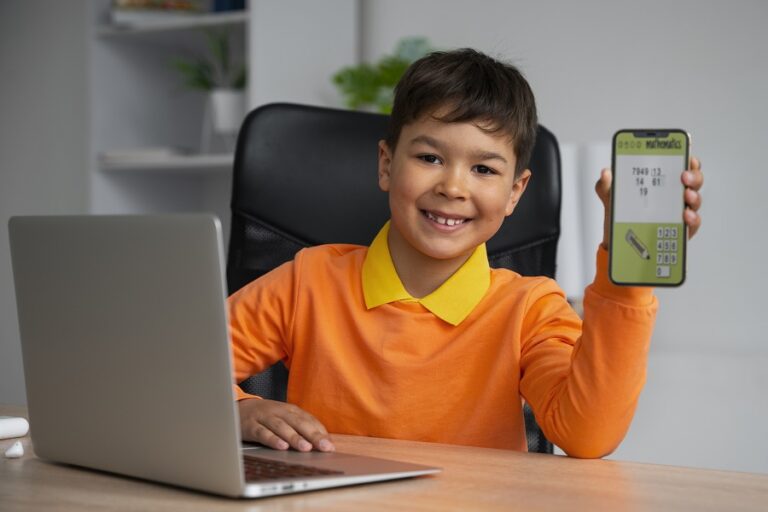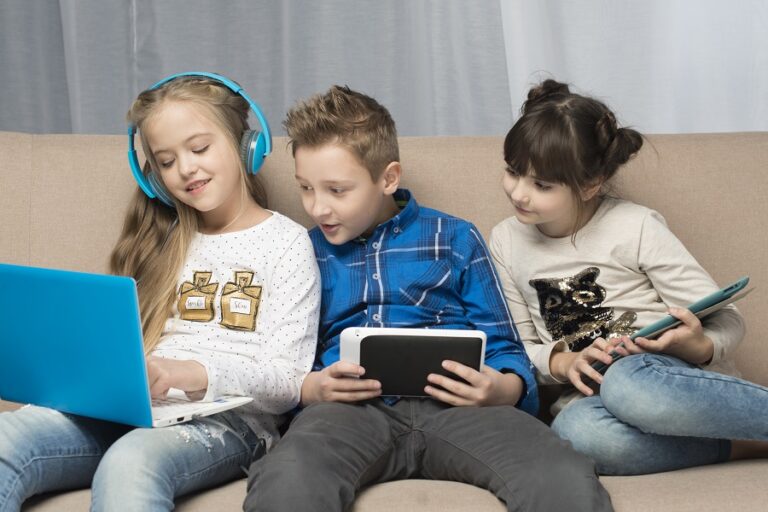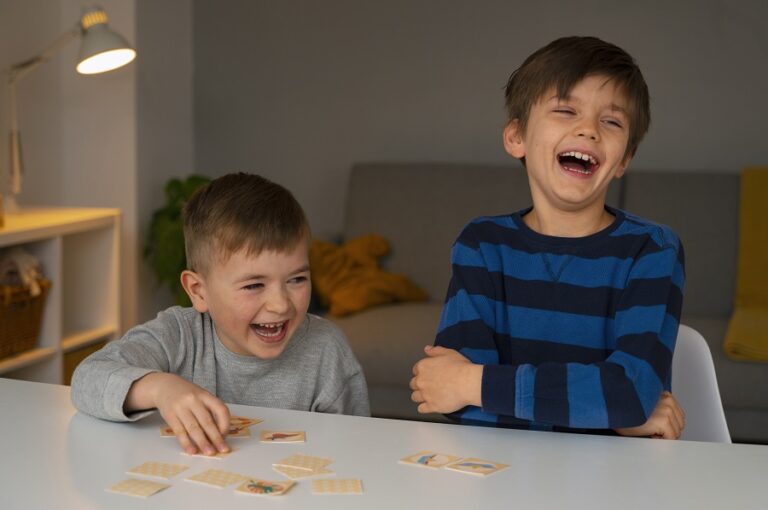Gamified Learning: How Students Can Learn Through Play
In the evolving world of education, traditional methods of teaching are gradually being supplemented—and in some cases replaced—by innovative strategies that engage students more effectively. One of the most impactful trends is gamified learning. This approach combines the principles of game design with educational content, making learning more interactive, enjoyable, and effective. Gamified learning is proving to be a game-changer for students of all ages, offering a compelling blend of fun and education.
As the digital age continues to transform the educational landscape, more educators and parents are turning to gamification to increase motivation, improve retention, and foster a love for lifelong learning. Here’s a closer look at how gamified learning works, its benefits, and examples of how students can truly learn through play.
What is Gamified Learning?
Gamified learning involves applying game elements such as points, badges, levels, leaderboards, and rewards to educational activities. The goal is to make learning feel like a game so that students stay motivated and engaged. Unlike purely educational games, gamified learning doesn’t always involve playing full games—it can be as simple as turning a quiz into a competition or awarding digital badges for completing assignments.
This method capitalizes on the psychological benefits of gaming, such as the desire for achievement, recognition, and progress. When students feel like they are advancing toward a goal or being rewarded for their efforts, they are more likely to stay focused and involved in their learning process.
Benefits of Gamified Learning
- Increases Motivation
One of the key advantages of gamified learning is that it boosts student motivation. The use of rewards, instant feedback, and progression keeps students interested and encourages them to complete tasks. Motivation leads to greater participation, which ultimately results in better learning outcomes. - Improves Retention and Understanding
When students are actively engaged in a learning task, they are more likely to remember the content. Gamification helps reinforce concepts through repetition, problem-solving, and decision-making, which deepens understanding and improves memory. - Encourages Active Participation
Passive learning, such as listening to lectures, can lead to boredom and disengagement. Gamified learning turns students into active participants. Whether they are solving puzzles, completing challenges, or working toward a reward, they become part of the learning journey. - Fosters Healthy Competition and Collaboration
Gamified elements like leaderboards can introduce friendly competition, which drives performance. Multiplayer and team-based games can also promote collaboration, teaching students how to work together to solve problems and achieve goals. - Builds Critical Thinking and Problem-Solving Skills
Many gamified learning platforms require students to think critically, plan ahead, and make decisions to advance. These cognitive skills are essential for academic success and real-life problem-solving. - Provides Instant Feedback
In traditional classrooms, students often have to wait for grades to understand how they performed. Gamified learning provides real-time feedback, helping students correct mistakes immediately and reinforcing learning.
Examples of Gamified Learning in Action
Gamification can be applied to nearly any subject or grade level. Here are some practical examples of how students can learn through play:
- Math Quests and Puzzles
Platforms like Prodigy turn math problems into battles with fantasy creatures. Students solve equations to win and level up their characters, making math both exciting and purposeful. - Spelling and Vocabulary Games
Apps like Wordscapes or SpellingCity challenge students to improve their language skills while solving word puzzles. These games are entertaining yet educational, helping with spelling, vocabulary, and reading comprehension. - Science Adventures
Games like Legends of Learning and BrainPOP gamify science topics through interactive simulations and challenges. Students explore scientific principles by completing missions or building virtual experiments. - History and Geography Challenges
Educational games such as Stack the States or Civilization EDU teach history and geography by turning information into strategic games. Students must apply their knowledge to progress, encouraging critical thinking. - Classroom-Based Reward Systems
Teachers can create gamified classrooms using platforms like ClassDojo or Classcraft. These tools allow educators to assign points for participation, good behavior, and academic achievement. Students earn virtual rewards and progress through levels, making classroom management and learning more fun.
Gamified Learning Beyond the Classroom
Gamification isn’t just for the classroom—it can be used at home, during tutoring, or in extracurricular activities. Parents can support gamified learning by:
- Encouraging the use of educational apps and websites
- Turning homework into mini-games or challenges
- Creating reward systems for completing study goals
- Using flashcard apps with leaderboards and time-based scoring
These methods not only support academic success but also create a positive association with learning outside of school.
Tips for Effective Gamified Learning
- Keep it age-appropriate: Use games and tools that match the developmental level of the students.
- Align with curriculum goals: Ensure that gamified content supports educational objectives.
- Balance fun and learning: Games should be enjoyable but should not distract from learning outcomes.
- Offer varied challenges: Include a mix of difficulty levels to cater to different skill sets.
- Encourage reflection: After playing, guide students to think about what they learned and how they applied it.
Conclusion
Gamified learning is revolutionizing how students engage with education. By blending play with academic goals, it transforms the classroom experience into something more interactive, motivating, and impactful. As technology continues to evolve, the opportunities for creative gamification in learning are limitless. Whether through apps, classroom systems, or interactive challenges, students can now experience the joy of learning in ways that were never possible before.
Ultimately, gamified learning doesn’t just make education more enjoyable—it makes it more effective. By turning lessons into games, students become active learners, better problem-solvers, and more enthusiastic participants in their academic journey.
